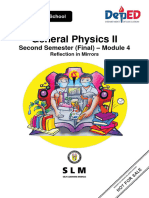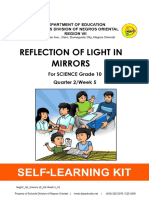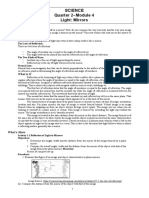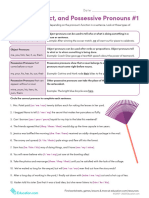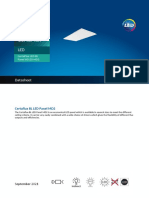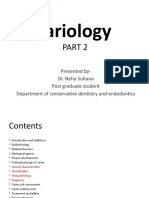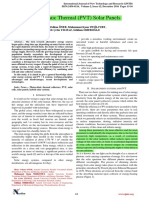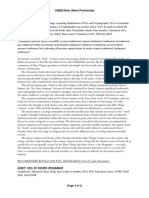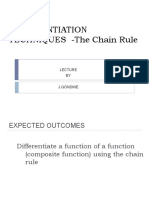0% found this document useful (0 votes)
25 views5 pagesIndex Notes Light New
The document outlines the index for Chapter 2 on Light, covering topics such as the propagation and reflection of light, types of mirrors, and image characteristics. It includes instructions for assignments, tests, and activities related to the chapter, as well as definitions for key terms. Additionally, it features rubrics for evaluating student understanding and performance in scientific concepts and procedures.
Uploaded by
prardhananair30Copyright
© © All Rights Reserved
We take content rights seriously. If you suspect this is your content, claim it here.
Available Formats
Download as PDF, TXT or read online on Scribd
0% found this document useful (0 votes)
25 views5 pagesIndex Notes Light New
The document outlines the index for Chapter 2 on Light, covering topics such as the propagation and reflection of light, types of mirrors, and image characteristics. It includes instructions for assignments, tests, and activities related to the chapter, as well as definitions for key terms. Additionally, it features rubrics for evaluating student understanding and performance in scientific concepts and procedures.
Uploaded by
prardhananair30Copyright
© © All Rights Reserved
We take content rights seriously. If you suspect this is your content, claim it here.
Available Formats
Download as PDF, TXT or read online on Scribd
/ 5



